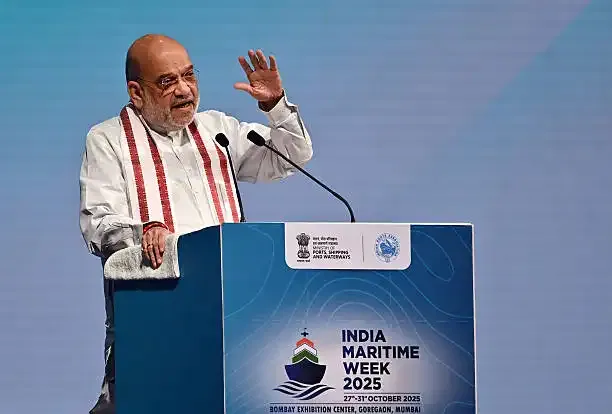Shopping cart
Your cart empty!
Terms of use dolor sit amet consectetur, adipisicing elit. Recusandae provident ullam aperiam quo ad non corrupti sit vel quam repellat ipsa quod sed, repellendus adipisci, ducimus ea modi odio assumenda.
Lorem ipsum dolor sit amet consectetur adipisicing elit. Sequi, cum esse possimus officiis amet ea voluptatibus libero! Dolorum assumenda esse, deserunt ipsum ad iusto! Praesentium error nobis tenetur at, quis nostrum facere excepturi architecto totam.
Lorem ipsum dolor sit amet consectetur adipisicing elit. Inventore, soluta alias eaque modi ipsum sint iusto fugiat vero velit rerum.
Sequi, cum esse possimus officiis amet ea voluptatibus libero! Dolorum assumenda esse, deserunt ipsum ad iusto! Praesentium error nobis tenetur at, quis nostrum facere excepturi architecto totam.
Lorem ipsum dolor sit amet consectetur adipisicing elit. Inventore, soluta alias eaque modi ipsum sint iusto fugiat vero velit rerum.
Dolor sit amet consectetur adipisicing elit. Sequi, cum esse possimus officiis amet ea voluptatibus libero! Dolorum assumenda esse, deserunt ipsum ad iusto! Praesentium error nobis tenetur at, quis nostrum facere excepturi architecto totam.
Lorem ipsum dolor sit amet consectetur adipisicing elit. Inventore, soluta alias eaque modi ipsum sint iusto fugiat vero velit rerum.
Sit amet consectetur adipisicing elit. Sequi, cum esse possimus officiis amet ea voluptatibus libero! Dolorum assumenda esse, deserunt ipsum ad iusto! Praesentium error nobis tenetur at, quis nostrum facere excepturi architecto totam.
Lorem ipsum dolor sit amet consectetur adipisicing elit. Inventore, soluta alias eaque modi ipsum sint iusto fugiat vero velit rerum.
Do you agree to our terms? Sign up

Union Home Minister Amit Shah on Wednesday chaired a high-level meeting with top officials of the Ministry of Home Affairs (MHA) to review the national security situation following the exposure of a major multi-state terror conspiracy spanning Haryana, Delhi, and Jammu and Kashmir.
The meeting, held hours before a scheduled Cabinet Committee on Security (CCS) session, focused on intelligence updates and operational coordination among central and state agencies.
According to MHA sources, the conspiracy — described as “a coordinated effort to trigger mass-casualty attacks” — has now been formally handed over to the National Investigation Agency (NIA) for further probe.
The NIA has constituted a 10-member special team led by an Additional Director General (ADG)-level officer to investigate the terror module.
Officials confirmed that the case involves the recovery of large quantities of explosives in Faridabad, along with electronic detonators, improvised circuits, and logistical materials traced to multiple states.
The seizure, carried out in coordination with Haryana, Delhi, and J&K Police, revealed what investigators describe as a “well-networked sleeper cell” with cross-border connections.
“This was a large-scale conspiracy that could have led to devastating consequences,” said a senior intelligence official. “The prompt coordination among states prevented a major tragedy.”
The team will also probe potential links between the Faridabad explosives seizure and recent incidents in the National Capital Region, including the November 10 Red Fort blast, which killed 10 and injured over 20.
During the MHA review, Amit Shah was briefed on the preliminary findings from joint interrogations and forensic analyses of recovered materials.
The Home Minister is understood to have emphasized real-time intelligence sharing, especially across border districts, and ordered a comprehensive audit of high-risk installations in northern India.
Sources said the MHA has directed all state police chiefs and intelligence units to intensify surveillance and conduct security reviews of sensitive areas, including metro networks, transport hubs, and public events.
“The focus is on pre-emption and coordination,” said an official present at the meeting. “The Home Minister reiterated that terror attempts, irrespective of scale, must be neutralized at the planning stage.”
Officials from Haryana, Delhi, and Jammu and Kashmir Police were lauded for their swift coordination in tracking down suspects and intercepting the explosive-laden vehicle in Faridabad.
The operation, which unfolded over 48 hours, reportedly involved three doctors from Kashmir, two intermediaries based in Faridabad and Pulwama, and multiple logistical handlers.
The arrests — including Dr. Muzammil Shakeel, Dr. Adeel Ahmad Rather, and Dr. Shaheen Saeed — have exposed a network that investigators believe was planning synchronized attacks in Delhi and adjoining areas.
The NIA probe is expected to delve into the funding sources, communication channels, and foreign connections of the terror cell. Early assessments point to possible support from handlers operating out of Pakistan-occupied Kashmir (PoK), using encrypted messaging and cryptocurrency transfers.
Authorities have also identified the use of medical front organisations for fund routing and recruitment, a tactic seen in earlier cases involving terror modules operating under civilian covers.
The findings are expected to be tabled before the Cabinet Committee on Security (CCS) later this week, where key policy directions will likely be finalised.
Officials suggest that new measures could include:
Enhanced inter-state counter-terror coordination frameworks
Stricter digital finance monitoring
Reinforced border intelligence grids
Expanded jurisdiction for NIA in multi-state operations
The review meeting comes just two days after the Red Fort car blast in Delhi, which left 10 dead and 24 injured. The explosion — involving a Hyundai i20 registered in Haryana — is suspected to be linked to the same terror network.
Investigators believe the Red Fort incident may have been a premature detonation or diversionary act, as forensic traces overlap with materials seized in Faridabad.
The NIA’s takeover signals the government’s intent to treat the conspiracy as part of a larger national security threat, not isolated regional events.
With India’s internal security apparatus on high alert, the coming weeks will be crucial for the NIA’s probe into the multi-state terror nexus. The case underscores the complexity of modern hybrid threats — where technology, ideology, and cross-border logistics converge.
As one official put it succinctly:
“This is not just an investigation — it’s a test of how swiftly India’s counter-terror network can adapt to a new kind of threat.”
6
Published: Nov 12, 2025